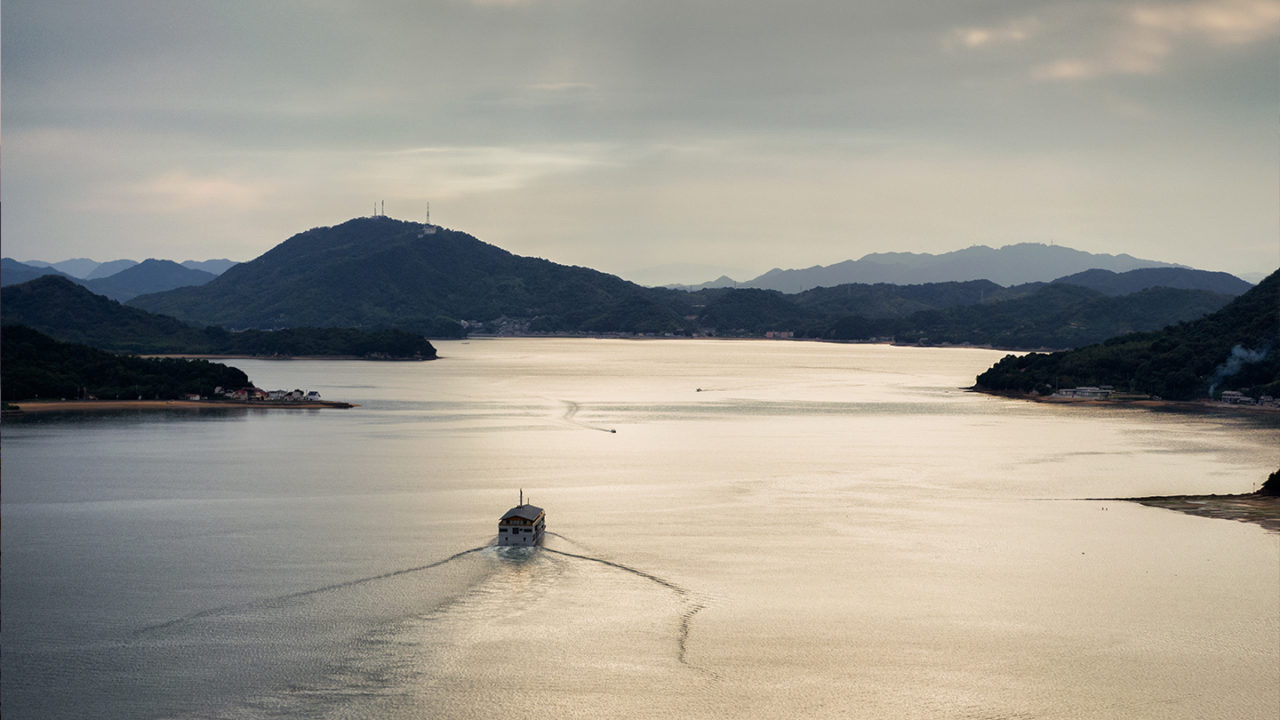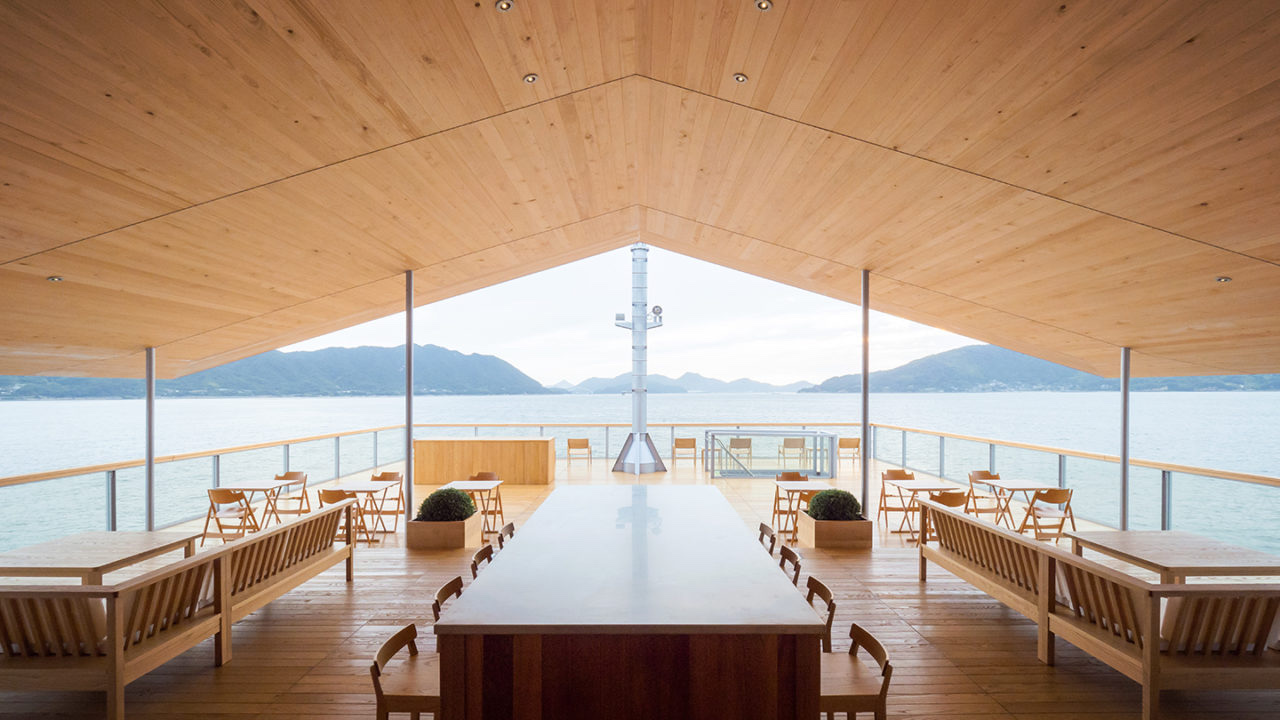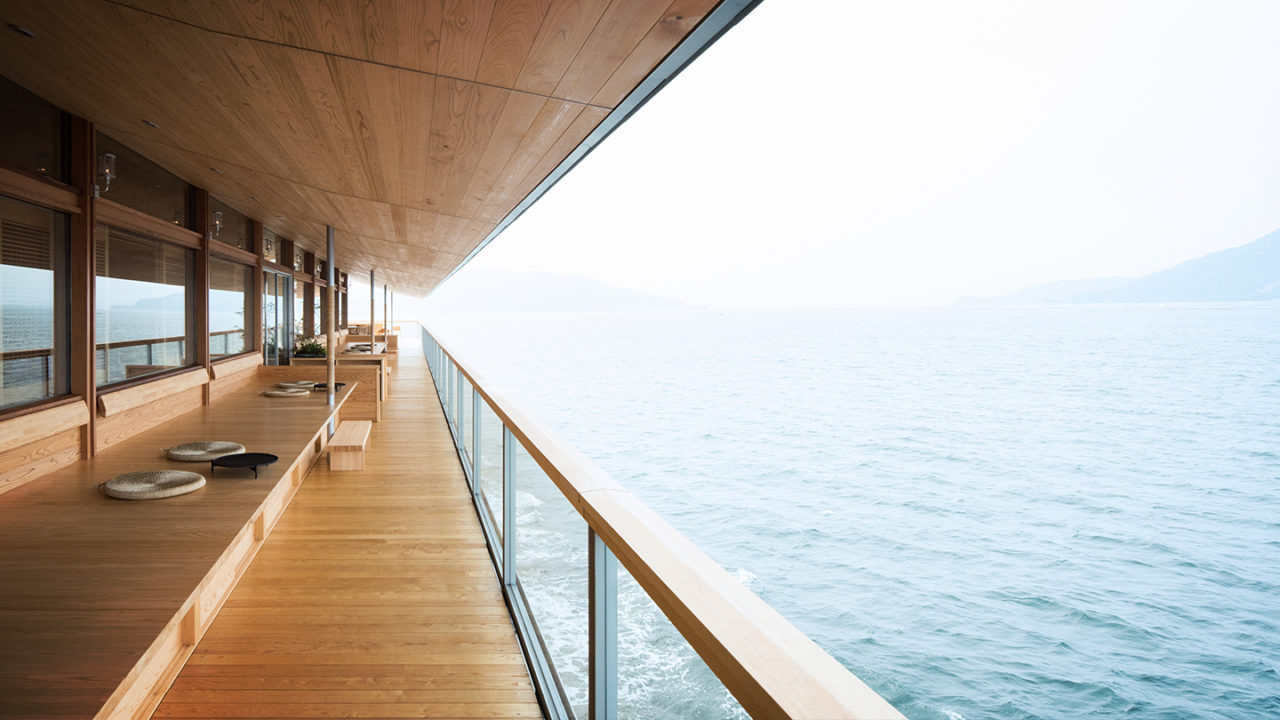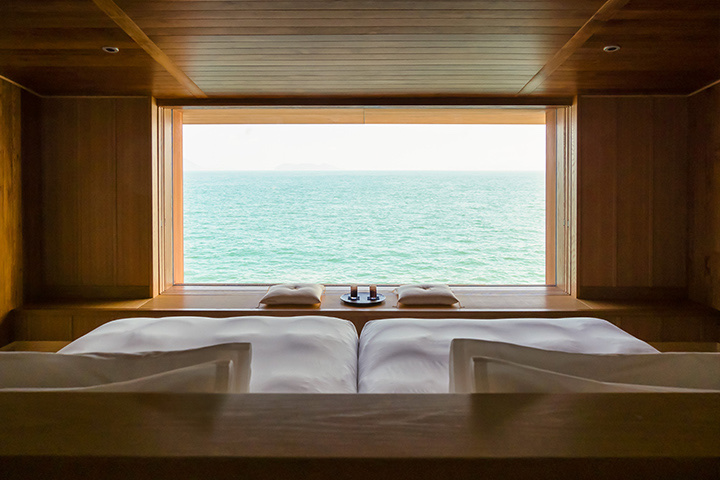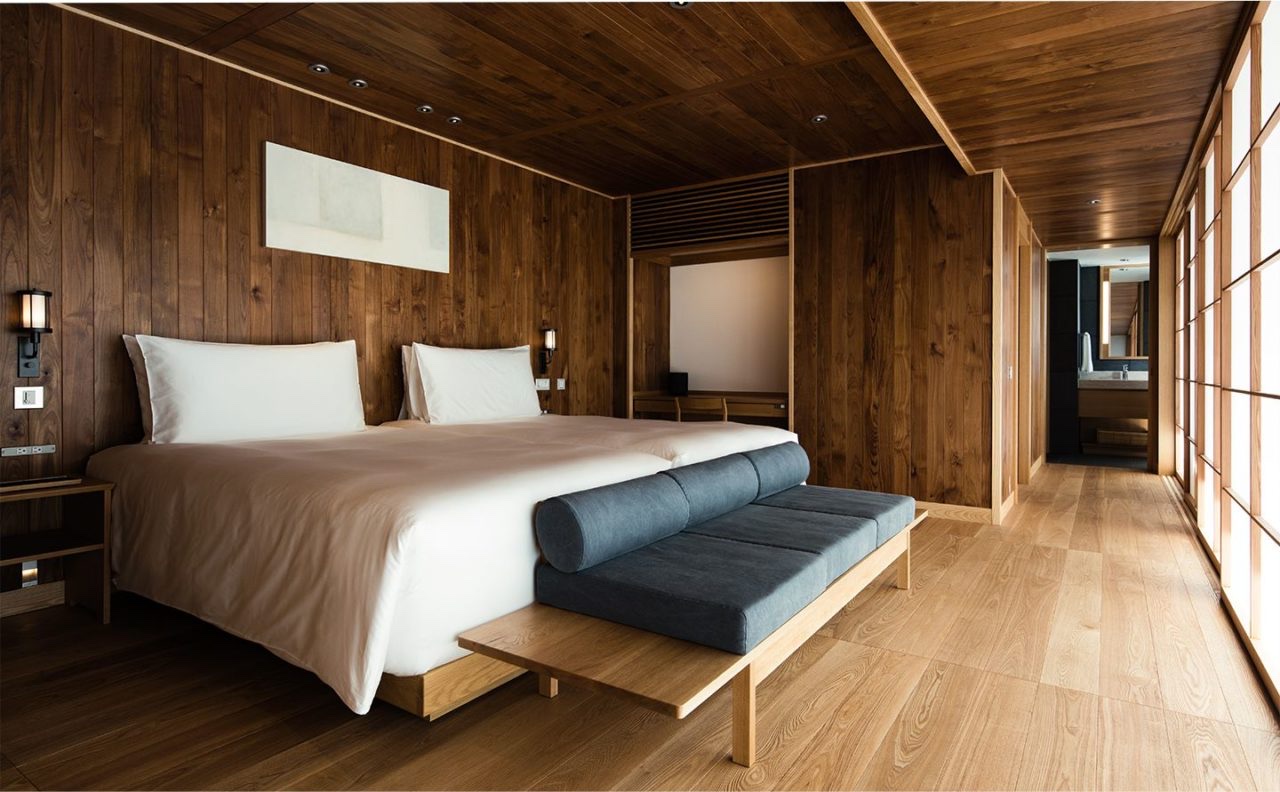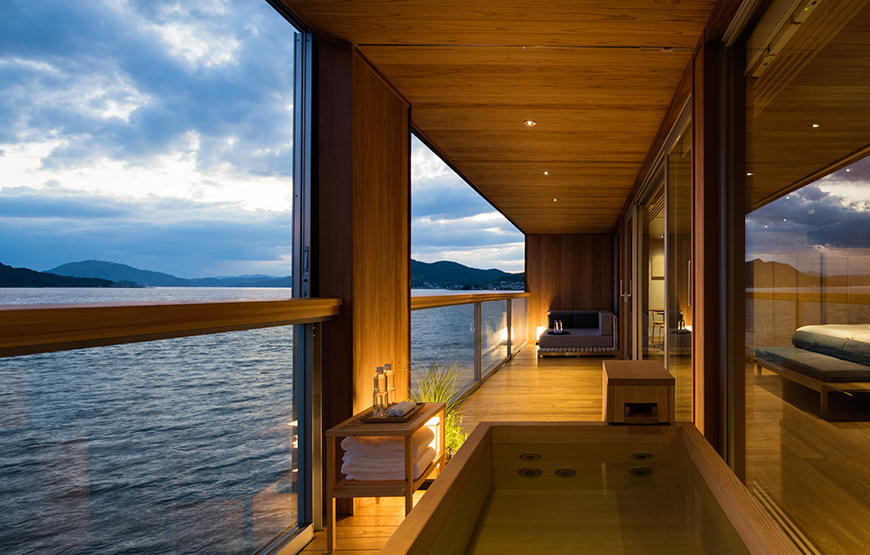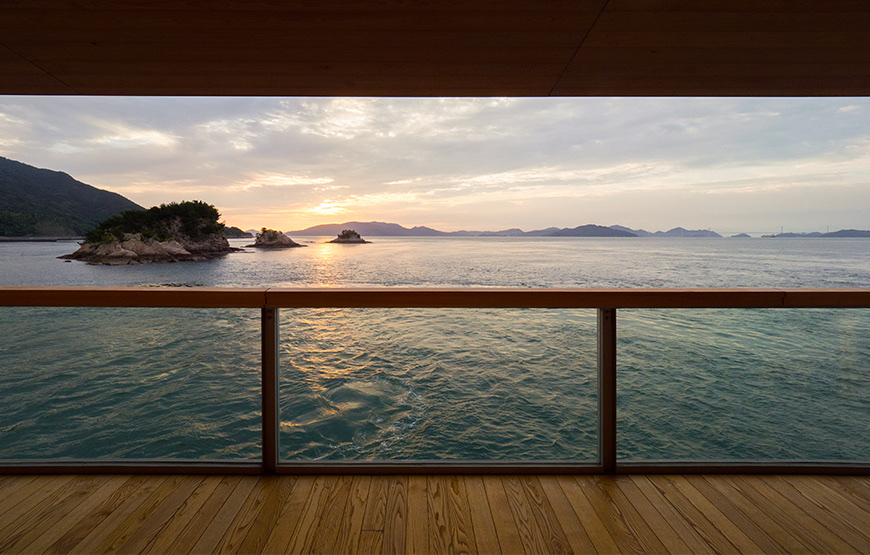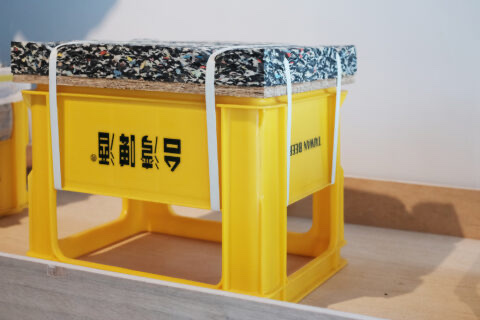從高松往直島的小輪,有分快船及慢船,如果時間容許的話,我都會選擇慢船。瀨戶內海是被日本本島及四國包圍著的海域,天氣總是和熙,身處周邊小島時,總體會到自然的惠澤,至於從海上看著小島,卻有截然不同的感受。站在慢船板甲上,迎著海風,看著海浪,在零零散散的小島在身旁緩緩滑過的時候,覺得自己有如闖進了自然的平和與滄瀾波濤裡。
There are rapid and slow ferries running from Takamatsu to Naoshima. If time permits, I will always choose slow ferries. Setonaikai, or the Seto Inland Sea, is the body of water between the Japanese main islands of Honshu and Shikoku. There the weather is usually pleasantly warm, and you can always feel the gifts of nature on the surrounding small islands. Looking at these small islands from the sea is a uniquely different experience. Standing on the deck of the slow ferry while embracing the sea breeze and staring at the waves, when the scattered small islands pass slowly by, I feel as though I had ventured into the tranquility of nature and inside deep blue waves.
在瀬戶內海中,不時都飄浮著一艘如同木製小房子的郵輪Guntu,它從尾道出發,繞到宮島,再往主飄至大三島,有時則走別的路線,到詫間灣及鞆之浦。這些短短的路線,Guntu卻得花了三四天才走完,它不慌不忙地滑著狹窄的水道,晚上時停泊在港口,白天時則哪裡都不停留,目的就是希望為旅客帶來一次漂泊卻靜謐的旅程,感受瀬戶內海的美好。
Guntu由建築師堀川安????設計,由於堀川安????希望這郵輪的存在,不會打擾到瀬戶內海的境色,因此他以周邊小島的民宅作為設計參考,令船隻的外觀融入周遭環境之中。船內共有十九個房間,每個房間均設有巨型的窗戶,連接室外的海洋風景。船上還設有Spa、健身室,供應和食及洋食的餐廳、數家供應甜點的咖啡廳與茶室等,料理全都由日本著名的料理人監修的。在這趟歷時三四天的旅程裡,住客的身體、心靈、口慾,都會得到滿足。
Within the Seto Inland Sea, you can often spot cruise ships resembling small wooden houses floating on the sea. They are called Guntu, which begin their journey from Onomichi, making their way to Miyajima before sailing towards Omishima. Sometimes, they take different routes, heading to Takuma and Tomonoura instead. Despite their being short, these routes will take a Guntu three or four days to complete. Without haste, these Guntu travel through the narrow waterways, dorking at the harbor at night while not making any stops during the day. This is to allow travelers to enjoy a calm and peaceful journey on the sea, and to take in the beauty of Setonaikai.
Guntu was designed by the architect Yasushi Horibe. Since he does not want the cruise ships to disturb the sceneries of Setonaikai, for his design, he drew references from residence houses from neighboring small islands so that they can blend in with the surrounding environment. The ship boasts a total of 19 rooms, each equipped with a large window offering seaview outdoors, and is complete with a spa, a gym, restaurants serving both Japanese and western food, as well as a few coffee shops and cafes providing desserts. All dishes are directed by famous Japanese chefs. This three to four-day journey can satisfy the body, mind as well as palate of voyagers.

